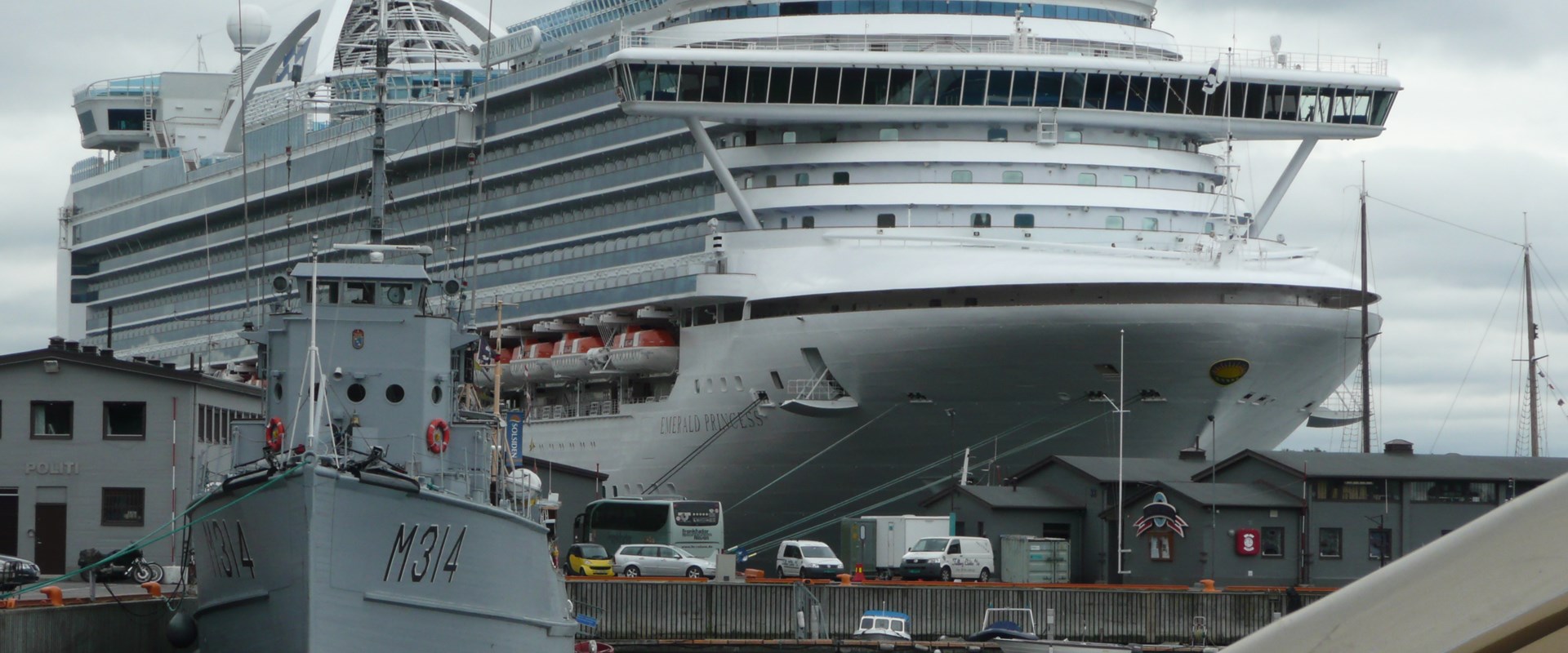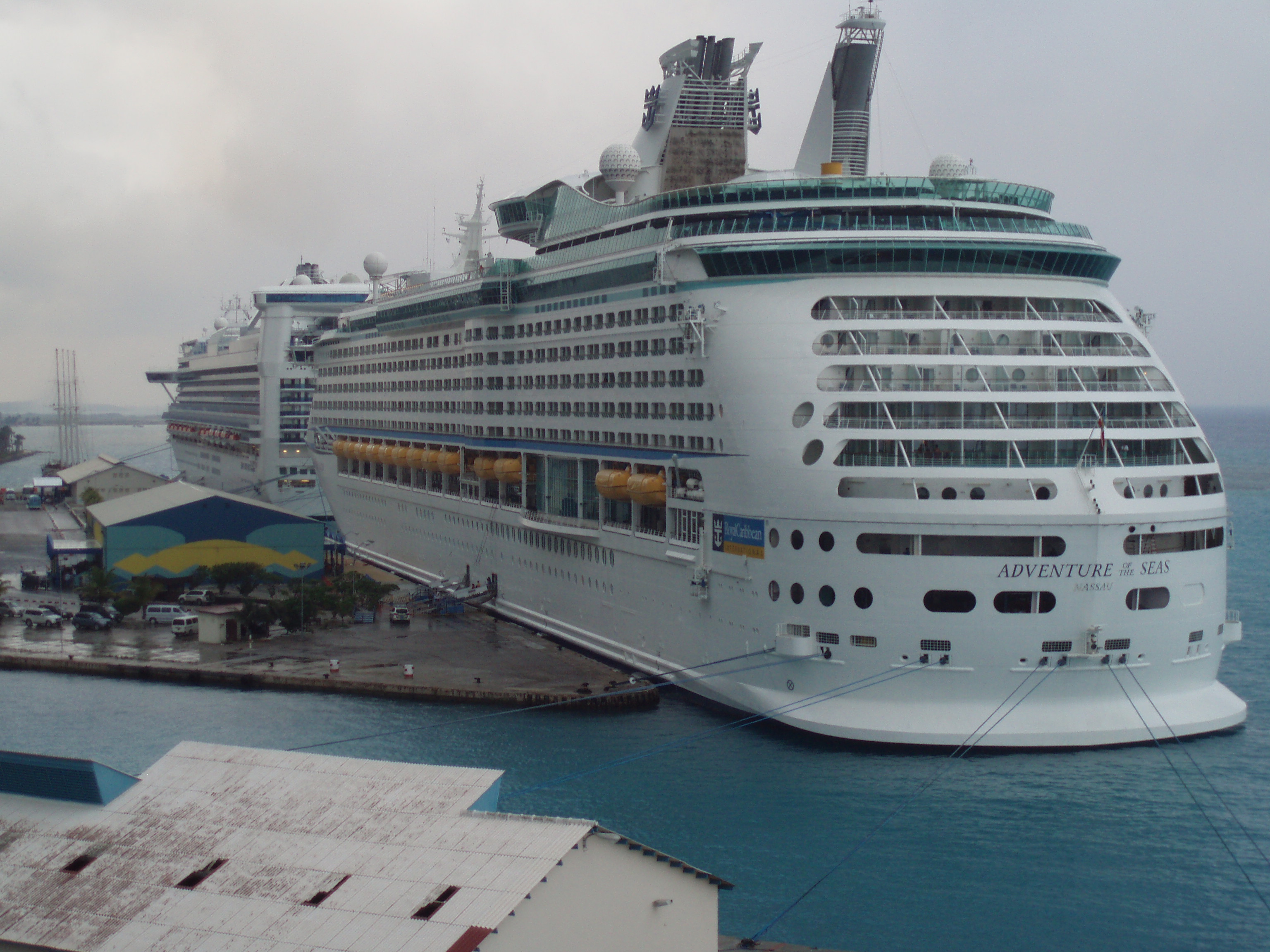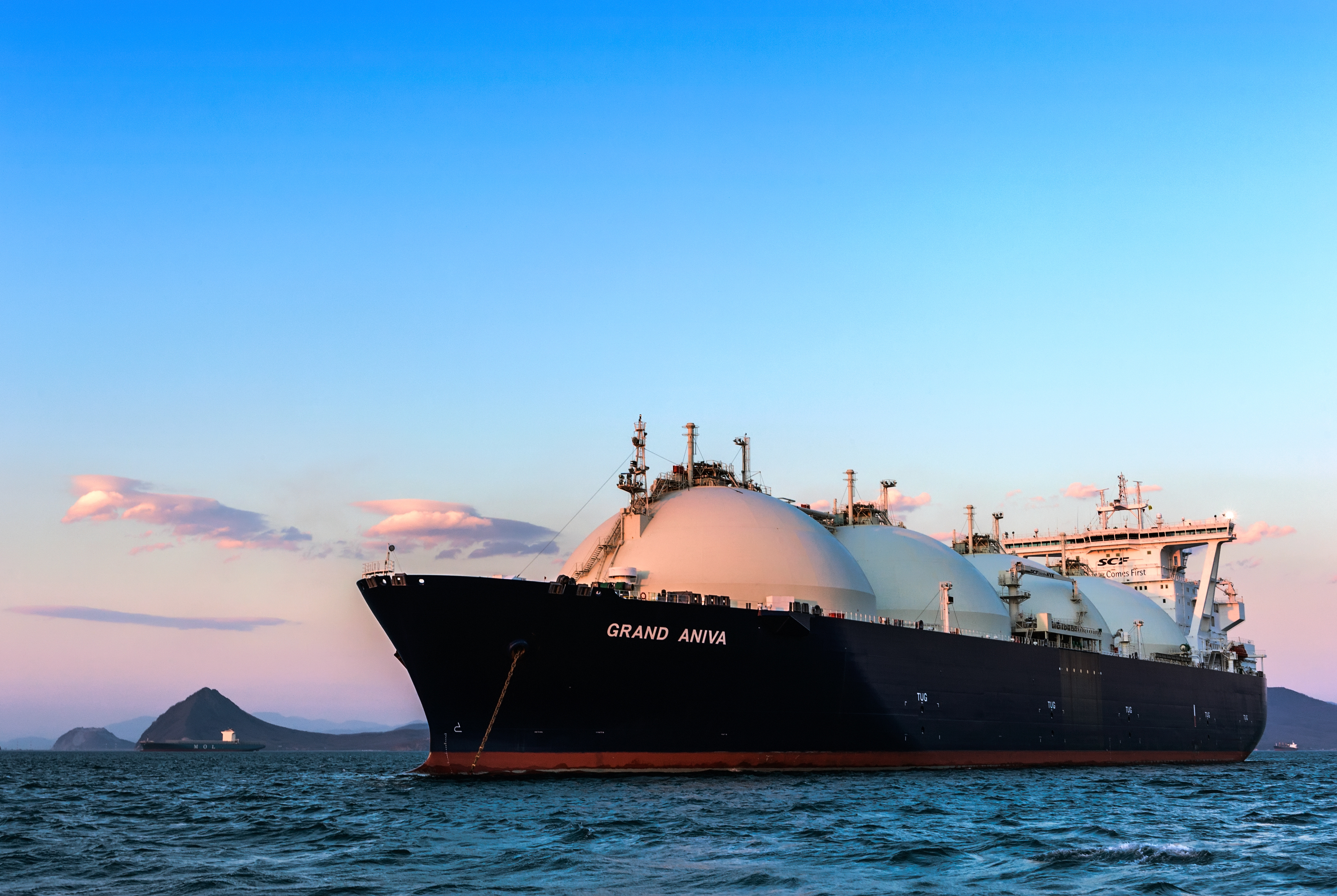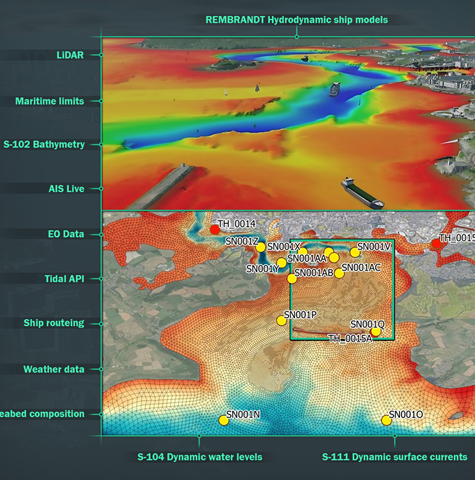
Navigating ever-larger vessels in confined waterways
The BMT REMBRANDT simulation software excels in supporting operators that are commissioning bigger vessels whilst at the same time moving with the markets and directing their ships into narrow channels and smaller ports.



